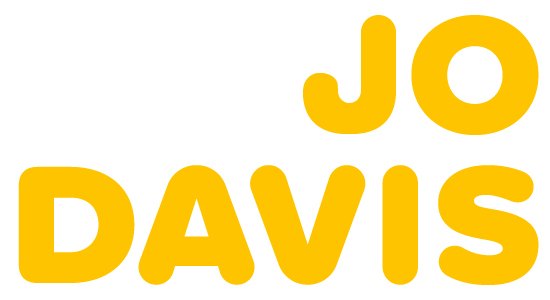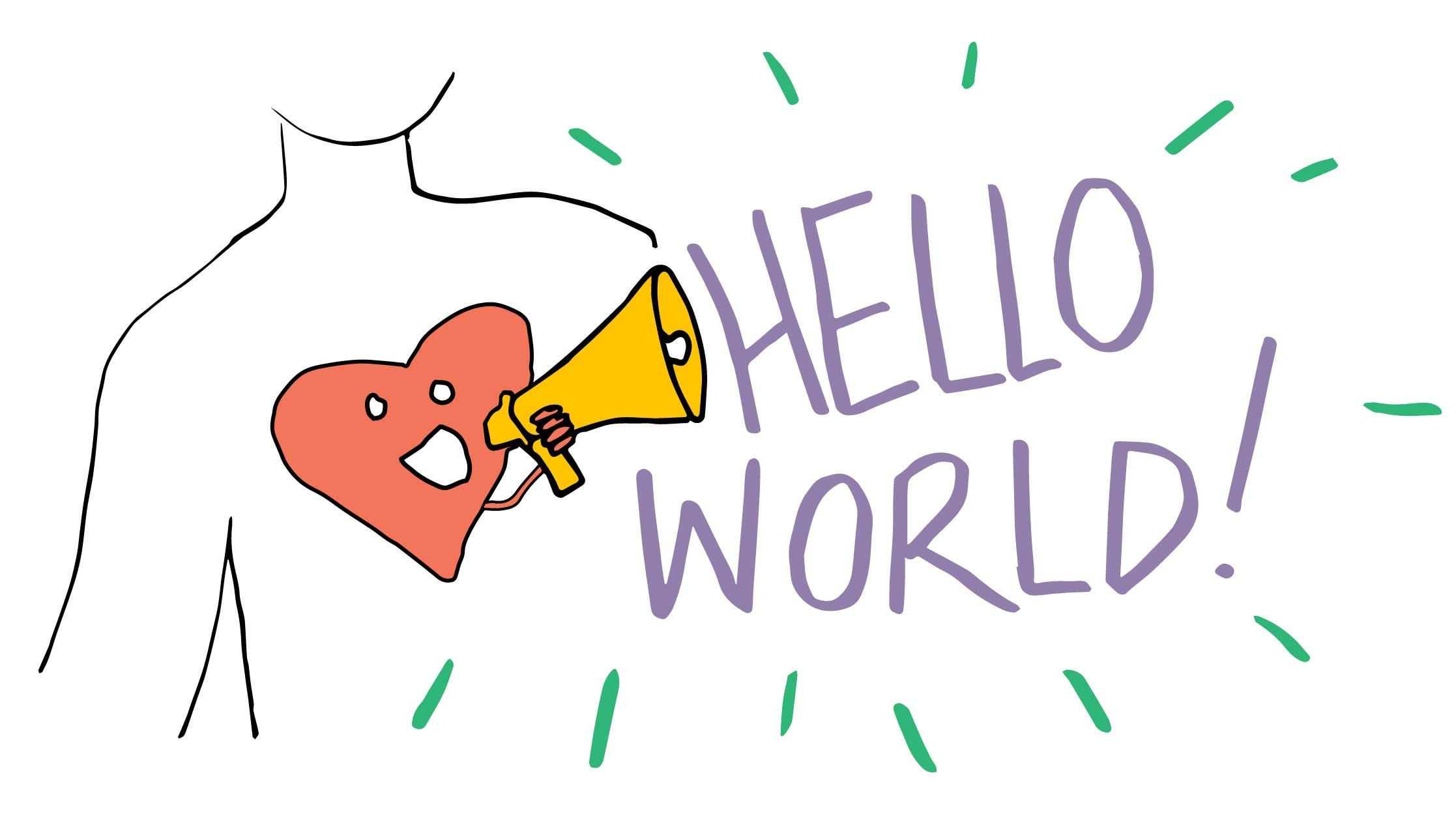How to Navigate Vulnerable Storytelling
These days, it seems like everybody’s sharing. Well, I guess it's been like this for a while, but I’m just catching up. Up until a couple of years ago, I wasn't active on social media. I didn’t grow up with it—I mean, I was already in college when email accounts became a thing. So I just really didn’t get it. I would look every now and then and didn’t understand it. It seemed like everyone was oversharing, and posting personal things. I used to think, why do they do this?
Posting was nearly impossible for me. I didn’t think the things I had to say were that amazing to shout from the rooftops. To be honest, I was very judgmental about it all. I would imagine others' judgments of me before I could even think about what I wanted to share.
But over time, I realized that sharing can be a powerful tool for connection and healing, not just for myself but for others as well. In this post, I’ll explore how I learned to navigate being vulnerable online, why it matters, and how you can do the same without feeling overly exposed.
What is Vulnerability in Storytelling?
We all have a story to tell, and it typically contains multitudes. Vulnerability in storytelling refers to the act of openly sharing personal experiences, emotions, and insights in a way that is genuine and relatable. It’s about being honest and real with others, which can foster trust, build connections, and inspire others.
“Vulnerability is not weakness; it’s our greatest measure of courage.”
- Brene Brown
It’s not easy to put yourself out there—it’s a delicate balance. Our most important work is to bring honesty and integrity into all things, and that starts with being honest with ourselves at all costs. It’s essential to address the things that bring up shame. Those feelings are often gems that just need some polishing before you can see them for what they truly are. Vulnerability takes courage because it means owning those shame gems and sharing them with others so the light can get through.
Our culture is really good at making us feel bad for being human.
There are so many universal experiences that, as individuals, we feel we must hide. When I shared my story in a Bold Journey interview, I opened up about the profound losses I’ve experienced and the struggles that followed—stuff that earlier in my life, I would have been too scared of judgment to put out there.
It was a deeply personal narrative, and while I was honest, I also carefully considered what details out of the multitudes to include. I shared enough to connect with my audience but held back anything that might be sensitive for my children or negatively impact others involved. This balance is crucial in maintaining both authenticity and respect for the privacy of others.
How to Navigate Being Vulnerable Online
This section will guide you through the steps of sharing your story online while managing vulnerability effectively. Each step includes practical advice and tips to ensure you feel confident and secure in your storytelling journey.
1. Start with Self-Reflection
Disclaimer I highly recommend therapy to everyone, whether you think you need it or not. The more self-aware you are about your behaviors and motivations, the clearer you will be about your own story and what parts you want to share.
Before you begin sharing, take some time to reflect on your story. Ask yourself:
What part of my story do I want to tell? What message do I want to convey?
What am I comfortable sharing? What is off-limits?
How might sharing this affect me emotionally?
This self-reflection helps you set boundaries and ensures that what you share aligns with your personal values and emotional readiness.
2. Identify Your Audience
Consider who your audience is and what they might gain from your story. Tailoring your message to the needs and interests of your audience can make your story more impactful and relevant. Within all the multitudes that compose your story, there are likely bits for everyone! So get clear on which parts are for which people.
Tip Start by sharing with a smaller, more supportive community before expanding to a broader audience. Bouncing your ideas off a few trusted friends who know you and have helped see you through some of your struggles is a great way to keep things real and avoid pitfalls.
When Bold Journey approached me for the interview, they knew some of my story and felt it would resonate with their readers. I knew my audience included individuals who had faced similar hardships. By understanding this, I was able to frame my story in a way that could resonate with them. I hoped it might inspire readers and offer a sense of solidarity. I also got some help from a close friend who helped me pull out parts that I hadn’t considered.
3. Craft Your Story with Purpose
When crafting your story, focus on the purpose behind your sharing. Are you trying to inspire, educate, or connect? It’s really about exploring your motivations for the parts you want to share. Are they coming from a real place of caring, or are you looking to get something from it? This is where honesty and integrity need to be front and center. Keep your narrative clear and concise, and avoid unnecessary details that could lead to oversharing.
Example If you’re sharing a personal struggle, emphasize the lessons learned and how it shaped you, rather than dwelling on painful specifics.
In the interview, I shared enough to let people into my world, but I deliberately left out any details that could cause harm or discomfort to others. This approach allowed me to maintain the integrity of my story while ensuring it was constructive and empowering.
I considered which parts of my story were most meaningful and relevant to share. I worked to find a balance between being open and maintaining boundaries to ensure that what I shared served a purpose and resonated without overwhelming the audience or compromising my emotional well-being.
4. When In Doubt, Leave It Out
Not every part of your story needs to be shared. Consider the potential impact of each detail on both you and your audience. Sharing selectively can protect your privacy while still delivering a powerful message. For me, I get a feeling in my gut when something might be crossing a line. I contemplate that, and my rule of thumb is: when in doubt, leave it out.
Tip Use general terms or metaphors to convey sensitive parts of your story without getting too personal. There are ways to approach things without getting into the weeds of it all.
In my own experience, I reflected on how much of my personal struggles I was willing to share publicly. I wanted to be honest and transparent, but I also needed to protect my children and the privacy of others involved. This reflection allowed me to share in a way that felt right for me and respectful of others.
5. Prepare for Feedback
Sharing your story online can invite both positive and negative feedback. Be mentally prepared for a range of responses, and decide in advance how you will handle criticism or negative comments. Again, therapy, people, therapy.
Strategy Focus on the supportive responses and engage with those who show understanding and encouragement. For negative feedback, consider when to respond and when to simply let it go. If you respond, definitely run it through Chat GPT first for good measure. Robots are great at politely replying to things without getting emotional.
After sharing my story, I received an overwhelming amount of positive feedback. People reached out to thank me for being brave and vulnerable, and many shared how my story helped them feel less alone in their struggles. These responses made my heart full. It felt fantastic to know that it was helping others and reinforced my belief in the power of vulnerability. (If I had more time, this is where I would insert an illustration of Brene Brown giving me a high-five.)
Tips and Reminders for Navigating Vulnerability
Even with a step-by-step approach, vulnerability can still feel daunting. Here are a few reminders to keep in mind:
You Control the Narrative
Always remember that you decide what to share and when. Go to the hard places, but hold back on details that don’t feel right to share.
Vulnerability is Strength
Being vulnerable is not a weakness; it’s brave AF and can lead to meaningful connections.
Reflect and Reassess
After sharing, take time to reflect on how it felt and reassess your boundaries for future sharing. Journal, people, journal.
Navigating online vulnerability can feel like walking a tightrope naked, but the more self-aware you become, the more comfortable you get with your footing, and the wider that rope becomes. Be honest with yourself about what you want to share and why.
This might not come easily, so give yourself time to find that balance. It’s a delicate dance between sharing authentically and protecting your emotional well-being. By reflecting on your story, understanding your audience, and setting clear boundaries, you can share in a way that resonates deeply—almost as if you’ve found a way to wear your favorite outfit on that tightrope.
Sharing my story has not only helped me connect with others but also empowered them to share their own stories. If you approach online vulnerability thoughtfully, it can be a powerful tool for building connections and fostering a supportive community, ultimately shifting culture to being one that’s kinder to the human experience.
Cultivate Your Daily Creative Practice
Creative expression is a powerful tool for self-discovery and storytelling. Whether it’s through morning pages, sketching, or playing with watercolors, making time for daily creative practice allows you to explore your story and understand yourself on a deeper level. Start small—just 10 minutes a day—and see where it takes you.
If you’re looking for inspiration or guidance, check out one of my workshops or watch a video I’ve created to help spark your creativity. The options are limitless, and every step you take brings you closer to knowing and sharing your story.
And if you do share your story, please let me know. I’d love to find inspiration and connection with what you have to share.






